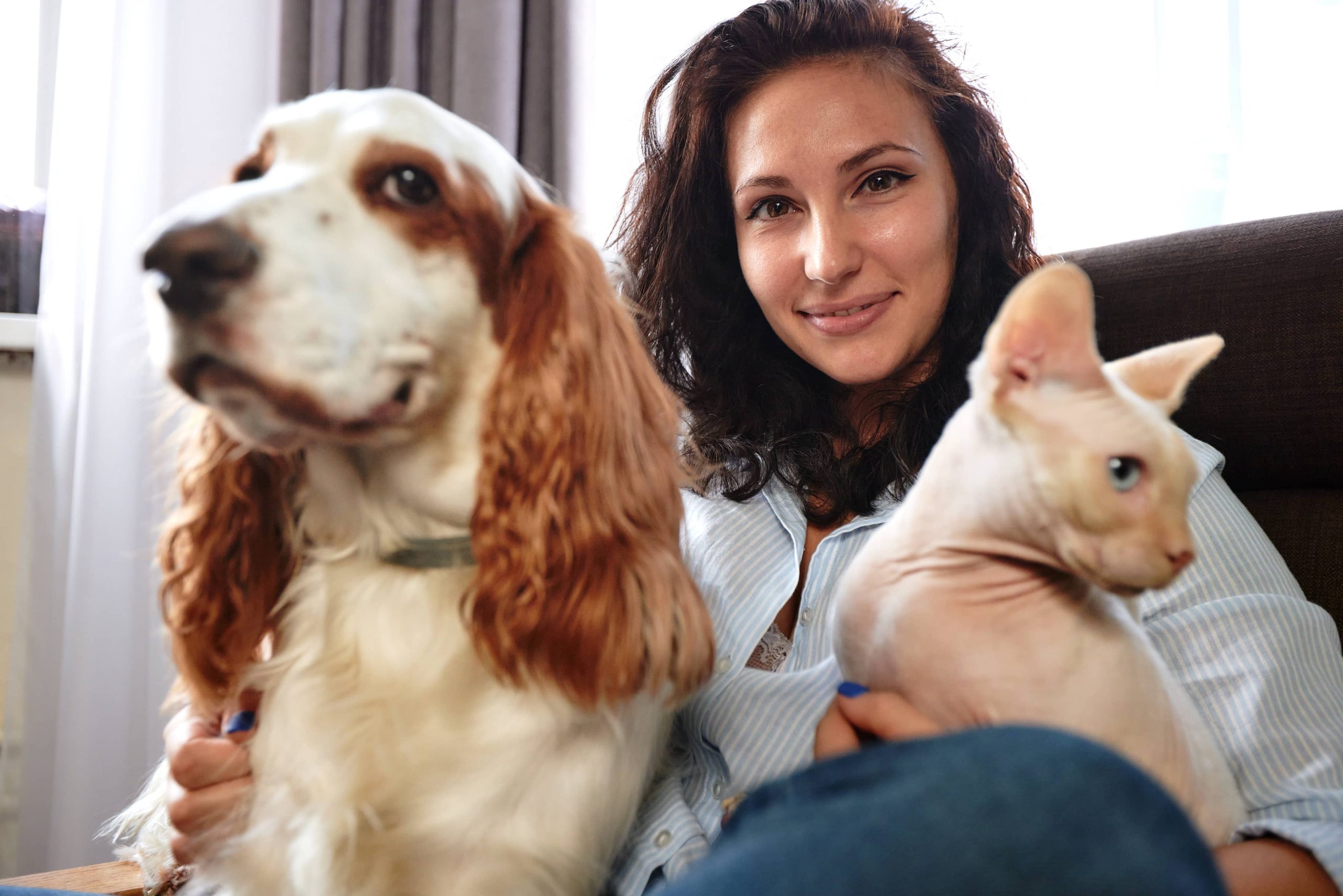
When it comes to exotic pets, few creatures capture the imagination quite like the sugar glider. With their mesmerizing eyes and enchanting glides, these nocturnal marsupials have become increasingly popular as pets. However, like every exotic companion, sugar gliders come with their own set of unique needs and challenges. If you’re considering welcoming a sugar glider into your family, it’s essential to weigh the advantages and disadvantages to ensure they’re the right fit for your lifestyle.
The Charms of Sugar Gliders
Originating from Australia and New Guinea, sugar gliders are small, nocturnal marsupials known for their gliding abilities. Resembling miniature flying squirrels, they use a membrane called the patagium to glide between trees in the wild, an ability they often replicate adorably in domestic environments.
Advantages of Having Sugar Gliders as Pets
1. Affectionate and Sociable Creatures
Sugar gliders are social animals that form strong bonds with their owners. When handled regularly, they can become affectionate companions, often climbing on their owners and curling up in their pockets for cozy naps. Their social nature makes them ideal for pet owners looking for a pet that interacts and engages with them on a daily basis.
2. Relatively Low Maintenance in Terms of Space
Unlike larger exotics, sugar gliders don’t require vast spaces. A sizable, vertical cage gives them the room to glide and play, and because of their small size, these cages can fit well into various home settings. This makes them suitable for pet lovers living in apartments or homes where space might be a constraint.
3. Unique and Engaging Behaviors
Sugar gliders are remarkably active and playful, especially at night. Equipped with toys and accessories, they can entertain themselves for hours. Watching them explore, glide, and play is a delight, providing enrichment both for the pet and entertainment for the owner.
4. Long Lifespan for Small Pets
With proper care, sugar gliders can live between 10 to 15 years. This longevity is appealing to many pet owners who become attached and look forward to sharing a significant part of their life with their animal companions.
5. Minimal Grooming Needs
Sugar gliders are naturally clean animals, tending to groom themselves like cats. They don’t require regular baths, which can be a plus for pet owners who prefer pets that need less hands-on grooming.
Disadvantages of Having Sugar Gliders as Pets
1. Strict Dietary Needs
Sugar gliders have specific nutritional requirements. Their diet should closely mimic what they eat in the wild, consisting of fresh fruits, vegetables, insects, and specialized pellets. Preparing their meals can be more time-consuming than feeding traditional pets, and an improper diet can lead to serious health issues.
2. Nocturnal Habits
Being nocturnal, sugar gliders are most active during the night, which may not align well with owners who are early birds. Their activity noises might be disruptive for those who are light sleepers, and any interaction with the pet primarily occurs in the evening or early morning.
3. Social Animals That Require Companionship
Sugar gliders thrive on social interaction, not only with humans but also with their kind. To prevent loneliness and ensure their mental well-being, it’s often recommended to keep them in pairs or small groups. This means potential sugar glider owners should be ready to commit to multiple animals.
4. Legal Restrictions and Veterinary Care
Some regions have strict laws concerning the ownership of sugar gliders, often requiring special permits or banning them altogether. Furthermore, finding a veterinarian specialized in exotic pets might be challenging, and healthcare for these marsupials can become costly.
5. Sensitive to Environmental Changes
Sugar gliders are sensitive to their environment and can become stressed or sick if exposed to extreme temperatures or poor living conditions. It’s crucial to maintain their habitat with a suitable temperature, humidity, and plenty of enrichment to keep them healthy and happy.
Choosing the Right Home for a Sugar Glider
Before bringing a sugar glider into your home, consider whether your living environment can accommodate their needs. They require large enough cages to explore, a stable climate, and ideally a cage setup that allows for vertical movement. Their enclosures should be equipped with branches, pouches, and toys to mimic their natural habitat.
Understanding and being ready to meet the social and dietary needs of sugar gliders is crucial. They require a dedicated owner, ready to invest time in preparing a balanced diet and spending quality time bonding to ensure their well-being.
Conclusion
Sugar gliders can make excellent exotic pets for the right person. Their unique behaviors, long lifespan, and affectionate nature can provide a rewarding experience. However, their specialized needs and nocturnal nature present challenges that require careful consideration. Prospective sugar glider owners need to evaluate their ability to meet these requirements and provide a suitable environment. If you believe a sugar glider could glide seamlessly into your life, this enchanting creature might just be the perfect pet for you.






